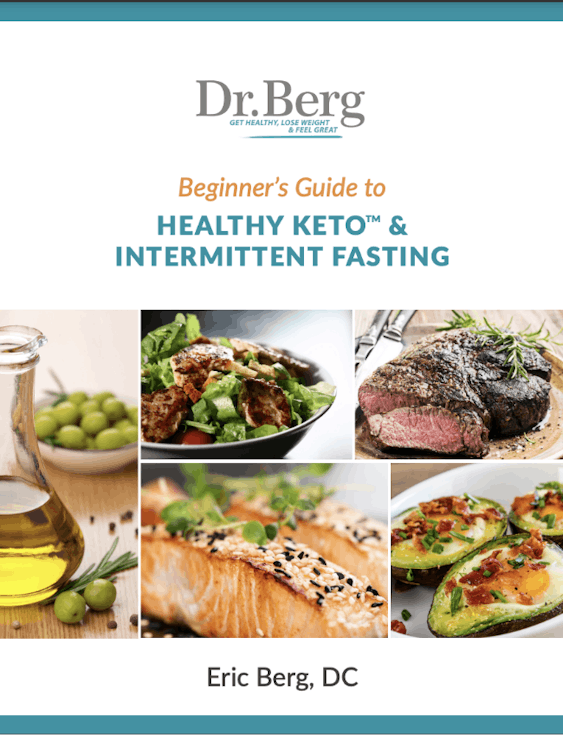Reading Food Labels What to Focus On
Ever wondered how to understand those nutrition labels? You're not alone. Learning how to read food labels is crucial for making healthy food choices.
Whether you're managing your weight, dealing with health conditions, or aiming to eat healthy, understanding food labels is key.
The Basics of Nutrition Labels
Nutrition labels provide vital information about packaged foods. They guide you in making smart choices.
The FDA requires labels for most packaged foods for easy product comparisons and general nutrition advice.
Serving Size: The Foundation of the Label
Serving size is the first thing on a nutrition facts label. All following information is based on this amount.
Many assume the entire package is a single serving. This leads to overconsumption and inaccurate tracking of daily nutrient intake. For example, a bag of chips might have a single serving of 15 chips.
How often do people typically eat just 15 chips? This is important because serving size understanding promotes choosing foods that fit your daily diet goals.
This information helps determine appropriate single-serving quantities. Use the serving size as a general guide.
Calories: Energy in a Number
Calories show the energy from food. This number is essential for weight management. This helps determine whether the food contributes to your total daily calorie intake.
Multiply the calories by the number of servings you typically eat.

Breaking Down the Nutrients
Let's explore key nutrients listed on food labels. Consider how the food contributes to your total daily nutrient requirements based on your activity level and body weight.
Total Fat: Not All Fats Are Created Equal
Fat is important. The food label categorizes fats into saturated fat, trans fat, and unsaturated fat.
Saturated fat is often solid at room temperature. It’s found in animal products. Limit saturated and trans fats for heart health.
Trans fats are artificial fats and harmful to heart health. Unsaturated fat is generally healthier.
Cholesterol and Sodium: Heart Health Indicators
Cholesterol and sodium impact heart health. Too much raises blood pressure and cardiovascular disease risk. The American Heart Association suggests a daily limit of 2,300 milligrams of sodium.
Ideally, most adults should aim for 1,500 mg. Reducing your risk for conditions like high blood pressure may involve paying attention to these numbers.
Carbohydrates: More Than Just Sugar
Carbohydrates are on nutrition labels and are split into three categories. This helps you to meet nutrient needs within your daily calorie goals.
Total carbohydrates sum all carbs. Dietary fiber is a carbohydrate promoting digestion. Total sugars include naturally occurring sugars and added sugars.
Check "Added Sugars". The FDA recommends that less than 10% of calorie daily intake come from added sugars.
Protein: Building Blocks of the Body
Protein builds and repairs tissues. Choose lean protein to avoid excess saturated fat.
Vitamins and Minerals: Micronutrients Matter
Vitamins and minerals appear at the bottom. These micronutrients have varying bodily functions. The label shows the percentage daily value (%DV) based on 2,000 calorie intake.
Vitamins and minerals help meet your daily nutrient goals, support overall health conditions, and reduce your risk of developing osteoporosis.
Decoding the Percent Daily Value (%DV)
The %DV shows a nutrient's contribution to a 2,000-calorie diet. This general guide shows how the food contributes to the daily values of essential nutrients. 5% DV or less is considered low, and 20% DV or more is considered high.
If a food is considered high in a certain nutrient, it is based on its %DV. If you’re trying to boost your fiber intake, look for foods with a high percentage daily value of dietary fiber.

Practical Tips for Reading Food Labels
Here are some practical tips. Read food labels to help determine if food products are aligned with a healthy diet. This helps you to choose foods wisely.
Compare similar products. Look at calories, sugars, and total fat. This helps you make better food choices.
Check the ingredients. Ingredients are listed from highest to lowest quantity.
Be aware of serving sizes. Adjust nutritional information based on what you eat.
Look for added sugars. Sugar has many names, like corn syrup and maltose. This helps determine if the calories provided by the food come from sugars total sugars.
Consider health goals. If managing a condition like high blood, focus on relevant nutrients like sodium.
Common Mistakes When Reading Nutrition Labels
Avoid these mistakes when you read food labels.
Ignoring serving sizes. Adjust for how much you eat.
Focusing only on calories. A food could be low in calories but high in sodium.
Misunderstanding "low-fat." A "low-fat" product might be high in total sugars.
Overlooking "Added Sugars". This line separates added sugars from naturally occurring sugars in foods.
Not considering your diet. No single food determines a healthy diet.
Decoding Nutrition Labels for Better Food Choices
Understanding how to read nutrition labels is an essential skill for maintaining a healthy diet, especially for those following specific lifestyles like keto. Key components to focus on include total carbohydrates, added sugars, and serving sizes.
For example, when shopping for ingredients to make keto oatmeal cookies, it’s important to look for low-carb options, such as almond flour or unsweetened coconut, and avoid products with hidden sugars or artificial additives.
Paying attention to fiber content can also help calculate net carbs, a crucial factor in keto diets.
By mastering the art of label reading, you can confidently select ingredients and products that align with your health goals while avoiding common dietary pitfalls.
Conclusion
Learning how to read nutrition labels is essential. It helps determine how packaged food products can fit within a healthy eating pattern based on public health recommendations.
It allows for informed food choices. It helps support healthy lifestyle choices and helps people to manage health conditions.
Nutrition facts labels on food products offer crucial information about their nutrient content, allowing individuals to monitor their calorie intake and choose foods wisely to meet nutrient requirements.
By taking into account the amounts listed and the percentage daily value for each nutrient, individuals can ensure they're making informed choices that support their overall well-being.
Over time, paying attention to food labels may even play a role in cholesterol levels and contribute to efforts to reduce risk for specific diseases.
Combine this knowledge with balanced eating, including various whole foods. Use nutrition labels for informed food choices that support better health.
FAQs about how to read nutrition labels
How do you read nutrition labels for dummies?
Begin with the serving size and calories. Review key nutrients (fats, carbs, protein) using the % Daily Value as a general nutrition guide.
Lower values for fat, sodium, and added sugars are desirable. Aim for higher values in vitamins, minerals, and fiber to meet nutrient needs and potentially reduce the risk of some health conditions.
What are the 10 rules for reading a food label?
Check serving sizes.
Consider the calories.
Limit trans fat and saturated fat.
Reduce total daily sodium intake.
Look at total carbohydrates.
Understand sugar content (total sugars vs. added sugars).
Get enough dietary fiber.
Check protein content.
Pay attention to the vitamins and minerals.
Use % Daily Value as a guide.
How do you read carbs and sugar on labels?
"Total Carbohydrate" includes fiber, total sugars (naturally occurring sugars plus added sugars), and other carbohydrates. Net carbs are total carbs minus fiber. Check "Added Sugars" to manage intake.
Total sugars include added sugars as well as sugars naturally present in foods. This helps determine how many of the calories provided come from sugars naturally versus added during processing.
What are three common mistakes people make when reading a food label?
Disregarding serving size results in a miscalculation of the total daily nutrient intake from multiple servings.
Solely focusing on calories while ignoring other nutrients, such as trans fats or added sugars, could contribute to an increased risk of cardiovascular disease.
Misinterpreting "low-fat" claims without checking the complete nutritional profile.
Previous blog
How to Prevent Diabetes and Its ComplicationsNext blog
Your SLEEP and Working the Night ShiftTags

Popular
08/21/2024
55.8K views
02/23/2025
46.9K views
11/18/2024
281.5K views
03/18/2024
11/21/2022




